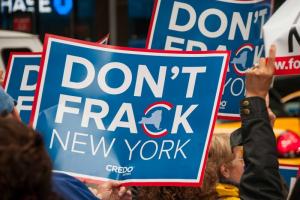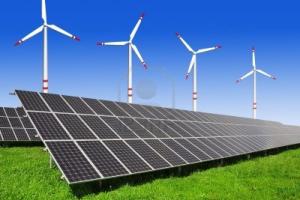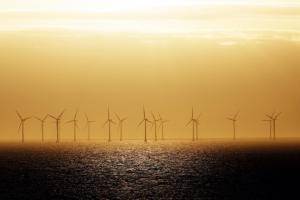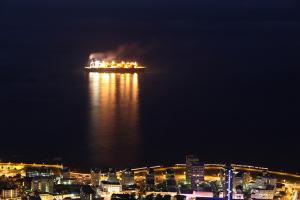Bernie, Hillary, and Fractivism 2.0 in NY
Fusion
 Since NY has banned fracking, a lot of people are working to try and develop clean energy at the state, county, and local levels. These efforts together are known as “fractivism 2.0.” “They’re trying to prevent the country and the planet from digging their own graves by committing ourselves to another 50 or 100 years of burning fossil fuels.”
Since NY has banned fracking, a lot of people are working to try and develop clean energy at the state, county, and local levels. These efforts together are known as “fractivism 2.0.” “They’re trying to prevent the country and the planet from digging their own graves by committing ourselves to another 50 or 100 years of burning fossil fuels.”





Spread the word